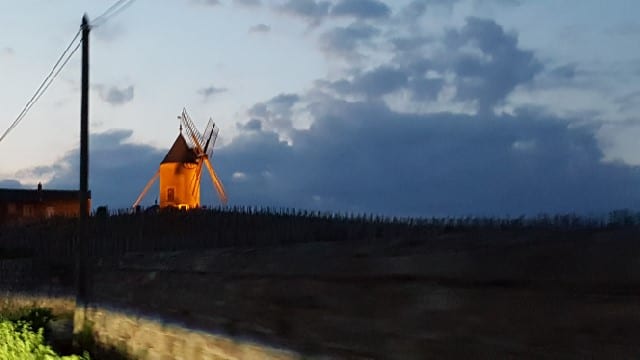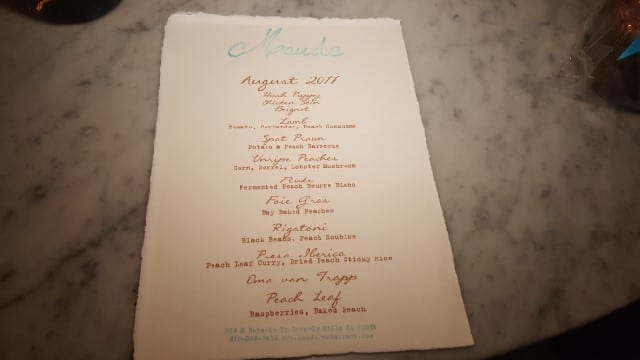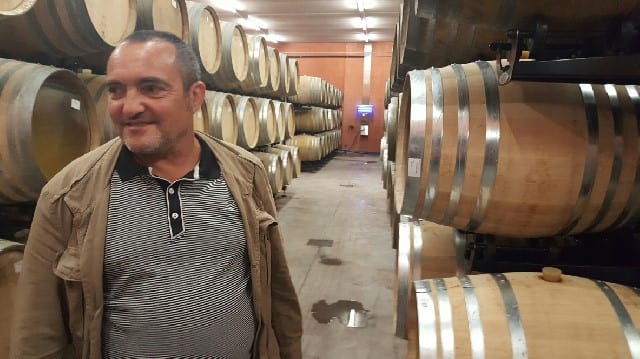This story originally appeared in
ATOD Magazine.
Varietals of wine grapes are endless: Chardonnay, sauvignon blanc, pinot noir, merlot, cabernet sauvignon, riesling, malbec, barbera, Nebbiolo, sangiovese, pinot grigio … and more! There are hundreds upon hundreds of wine grapes grown throughout the world. Most of those we’re familiar with come French or Italian grapes but have you ever heard of alvarinho, verdelho, malvasia, alicante, tinta roriz or touriga nacional? If not, we wanted to introduce you to some
Portuguese wines making their way to more and more on wine lists at some of your favorite restaurants and wine bars.
About the Region
Portugal is located in the
Iberian Peninsula in the southwest of Europe, bordered by Spain on one side and water on the other. It’s a small country, only 35,645 square miles (575 miles long by 138 miles wide), which makes it the same size as the states of Maine or Montana. That said, while Portugal may not be a big country, it has the ninth largest vineyard area in the world in comparison to the United States, which ranks sixth.
Portugal is the ninth largest exporter to the United States, behind France, Italy, Spain, Chile, Australia, New Zealand, Argentina and Germany. Twenty-five percent of what is exported are delicious fortified wines, Madeira and Port and seventy-five percent of the wine exported to the US from Portugal are still, dry wines.
www.visitportugal.com
Portuguese Wines 101
30 August, 2017
























